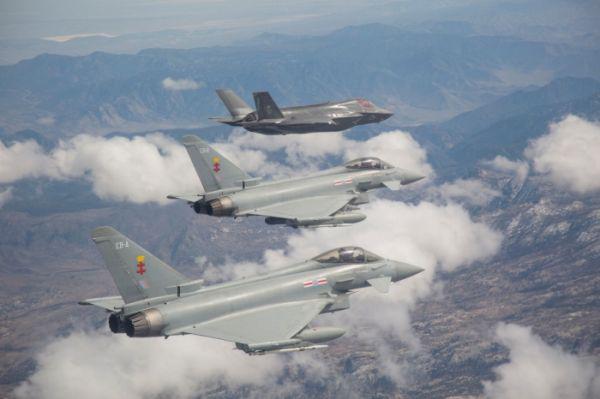Technology Cost and Complexity Killing U.S.
The United States military has for decades invested in sophisticated and expensive technologies that take years, sometimes even decades, to develop. While those systems provide an advantage on the battlefield, the nation can no longer afford to continue the same strategy, according to Dr. Arati Prabhakar, director of the Defense Advanced Research Projects Agency (DARPA), the Defense Department’s premier agency for developing advanced technologies.
“I believe we have used our deep pockets in the United States as part of our military competitive advantage for many, many decades,” Prabhakar said July 18 at an Arlington, Virginia, technology exposition held by DARPA’s Microsystems Technology Office (MTO). “Our ability to build the most complex, most powerful systems—often without high regard for the cost of those systems—has been a very powerful strategy. It is now killing us.”
The investment of both time and money in sophisticated systems is now a national threat of sorts, Prabhakar contended. “I believe the cost and the inflexibility and the speed at which we are able to build complex systems today is becoming a threat to our future security in itself. It is a self-inflicted wound,” she said.
But eliminating technological complexity is not necessarily the best approach. “I’m not sure it’s actually going to be about reducing complexity. It’s going to be about mastering it and harnessing it,” she said, explaining that systems are complex for good reason. “On the other hand, we all know about engineered systems that have scaled over many, many orders of magnitude. Think about the Internet. There is much to be learned from how scalable, interoperable systems have been designed and allowed to migrate over time. As we learn how to harness those approaches and implement them for the kind of complexity we have to create for our powerful systems, we will start getting a handle on that next generation [of technology].”
The concern of the cost and complexity of technologies drives DARPA officials to seek alternative solutions. “A very significant part of our portfolio at DARPA today has the theme of programs that are rethinking complex military systems. In many domains, we have built powerful systems by building big, monolithic, highly complex systems,” she offered, citing phased array radars, fighter aircraft and geosats as examples. “In each of these cases, we benefit from each of these powerful technologies, but we also have created systems that are point sources of vulnerability that can take years, often decades, to make generational change. When they are built, they are hostile to all advances in underlying technology. That’s actually great as long as no one else is moving very fast, but of course, the rest of the world is moving very fast empowered by the technologies they have at their fingertips.”
Across the agency, DARPA is rethinking the approach to complex systems. For example, the MTO is working on new ways to use the electromagnetic spectrum and on positioning, navigation and timing technologies to “relieve our dangerous reliance on the Global Positioning System, a centralized, monolithic, single source of vulnerability,” she said.
Other DARPA offices are working on new approaches “that will change the next generation of how we establish our superiority in contested environments,” she said, citing the space domain. The agency is exploring how to change the way satellites are built and launched, for example.
The technology arena has fundamentally shifted, Prabhakar contended. “It’s critical to recognize that the technology context has changed in some important ways,” she said, explaining that the United States could once invest in sophisticated systems, such as rockets for space travel, knowing it would have a technological edge over other nations for years if not decades. “As we all know, that’s not the world we live in today. The globalization of technology has lifted many, many boats. It is such a great thing for humanity, and yet it has this other edge that we need to be concerned with from a national security environment,” she stated.
At the same time, the threat environment has grown more complicated. Besides major potential threats, including China, Russia and North Korea, the nation has to be concerned with the daily, chronic threat of terrorism and its ties to transnational organized crime, such as money laundering and drug trafficking, which often are linked back to nation states. “What I think is different today is that global technology is creating a fluid marketplace for those kinds of transactions. Just think about how easily capital flows around the world today. It has changed the nature of those linkages and relationships in a way that’s important,” she stated.





Comments